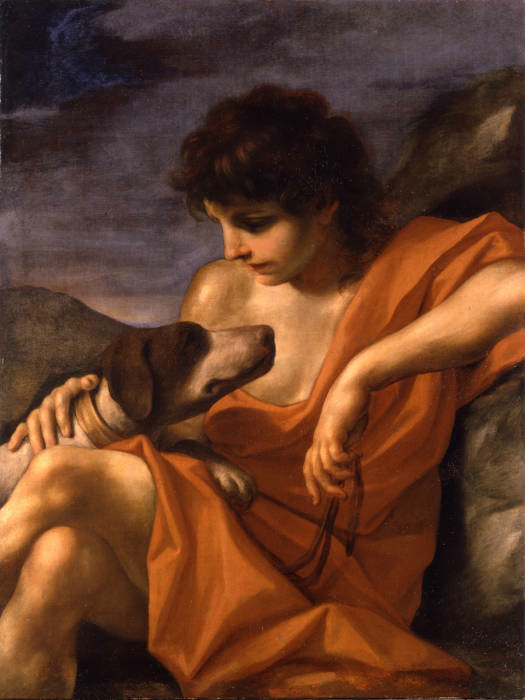John Addington Symonds wrote extensively on homosexuality without explicitly naming it in many of his works. He knew his support for the Greek love between a man and boy would not be accepted in Victorian society and that he had to be careful in how he discussed homosexuality. In “A Problem in Modern Ethics, Being an Inquiry into the Phenomenon of Sexual Inversion, Addressed Especially to Medical Psychologists and Jurists”, which came out three years after his death, he discusses homosexuality in oblique terms (307). He says of homosexuality that “no one dares to speak of it; or if they do, they bate their breath…” for fear of ostracization (308). Symonds had same sex desires himself and feared for the possibility of being labelled a pariah.
In his poem, “A Lieder Kreis IV”, the narrator expresses the same fears as Symonds himself because the narrator is Symonds. The poem personifies Love as a youthful boy sitting by Symonds’ bed, singing to him in his sleep. A lied is an art song (lieder is the plural) in the Romantic German genre of setting poems to music (Wikipedia). In titling his poem after the German genre of setting poetry to music, Symonds is making explicit the intensity of the song that Love is singing to him at night. Love is close to the narrator, sitting at his pillow side while serenading him. While it is common to sit by one’s bedside, like when one is sick and needs nursing, for example, sitting at one’s pillow is decidedly more intimate. Love sits close to the narrator’s head and “murmur[s] a song in [his] ears”, as though revealing a secret (250). This implies that the narrator is already acquainted with a love he cannot have, which is why Love is crying and the narrator wakes up praying.
Symonds’ academic focus was on Greek culture, and his description of Love as a melancholy youth was influenced by Grecian ideals of masculinity such as Adonis and Narcissus (image below from mythologian.net). As Symonds describes Love, it becomes clear that Love is unrequited because he is sad; “his sweet eyes were streaming with sorrow/ his tresses were tangled and torn” (250). He is crying and in pain, but still puts the well-being of Symonds/The narrator before him. Love is unconditional and pure, which is why it is so painful that the narrator cannot be with his love. Not only is Love sad, but he is also afraid, “on his fair brows the fear of to-morrow/was fixed like the tooth of the thorn” because he knows he can only spend the night and has to leave before tomorrow dawns (251). This secretive love cannot exist in the light of day.

At the end of the poem, Symonds/The narrator awakes, and “wring[s] vain hands in a passion of prayer” (251). While the dream brought bliss to Symonds/The narrator, he knows that it can only remain a dream because to act on his desires would lead to his exclusion in society. What is left up to interpretation is whether the narrator is praying to fall back to sleep to see Love, or if he wishes he could love freely in his waking days, or if he is just now realizing that he will be unable to be with the one that he loves (251). Symonds is clearly upset in his actual life that sexual inverts cannot be with the ones they love and states that he believes that sexual inverts are in “all other respects will be no worse or better than the normal members of the home” (309). He wishes he could be with the one he loves freely and publicly.
